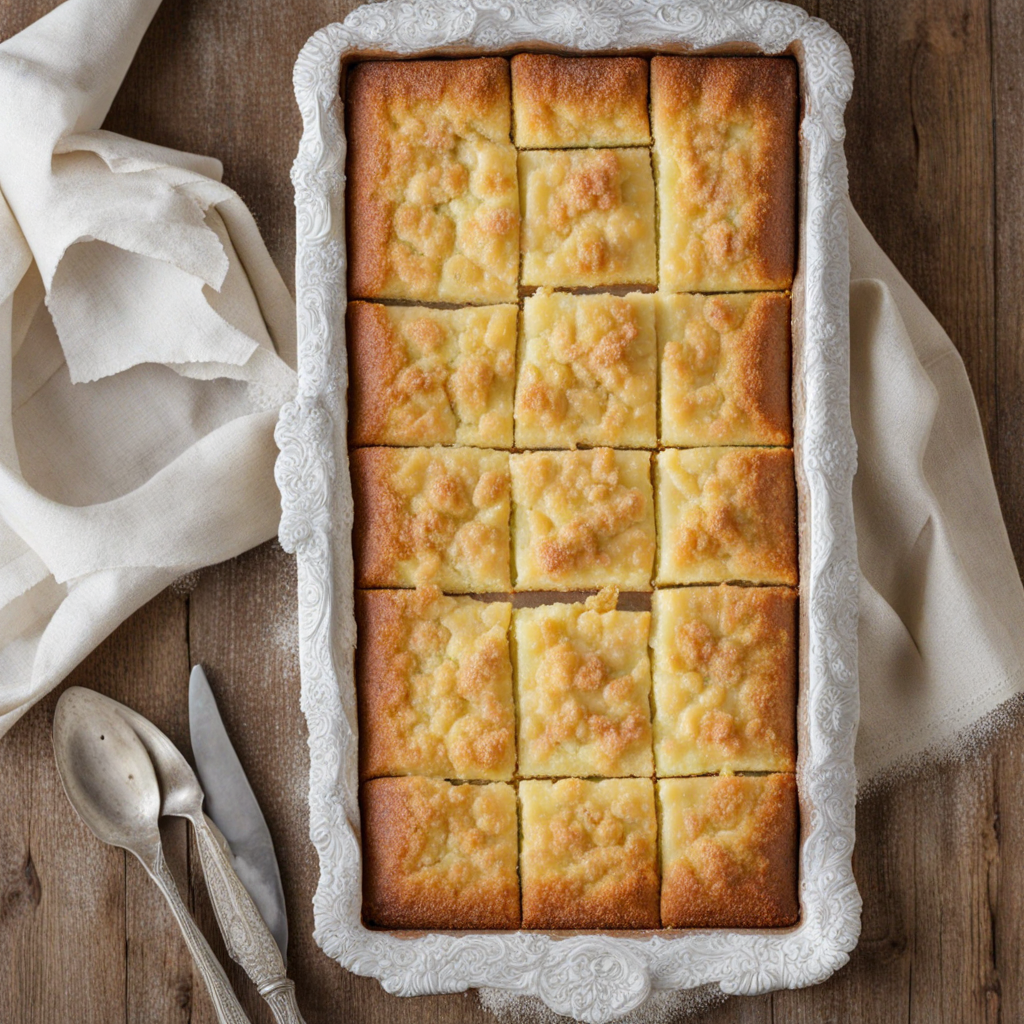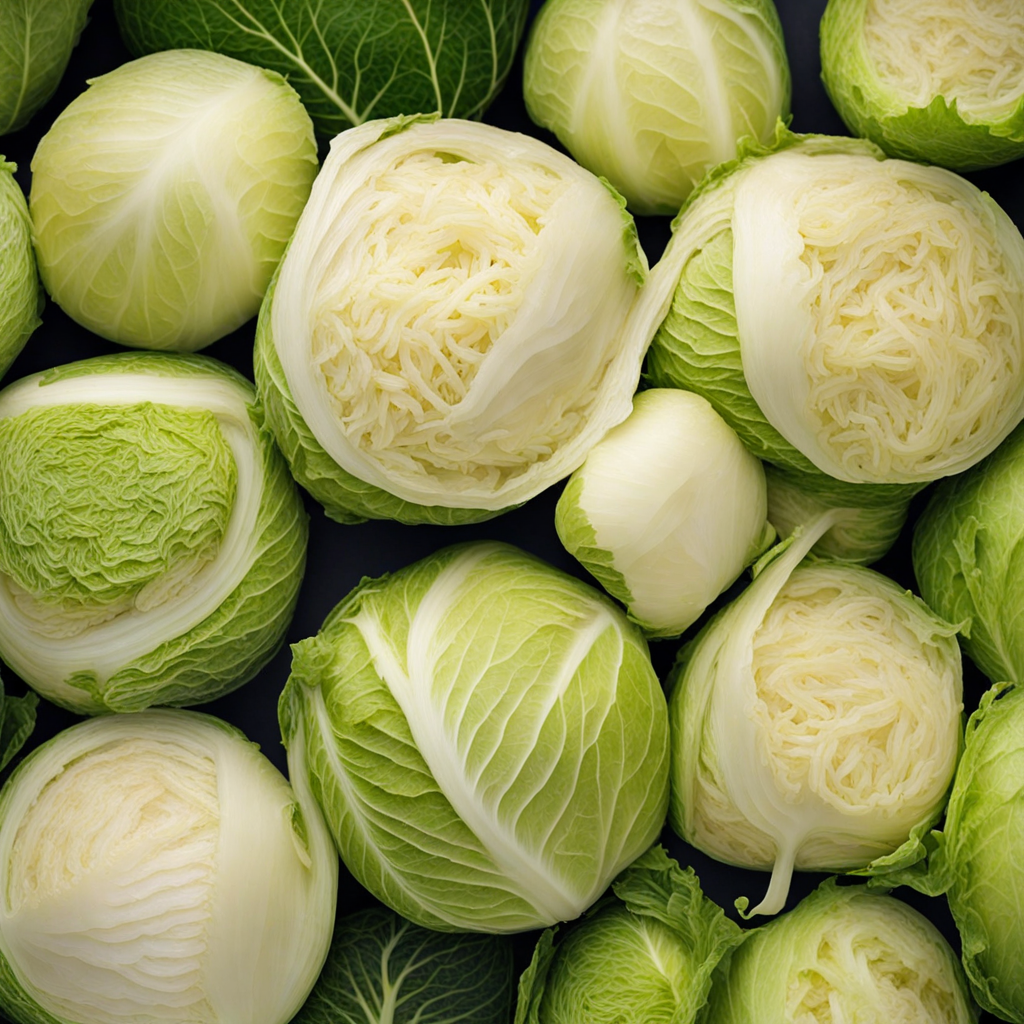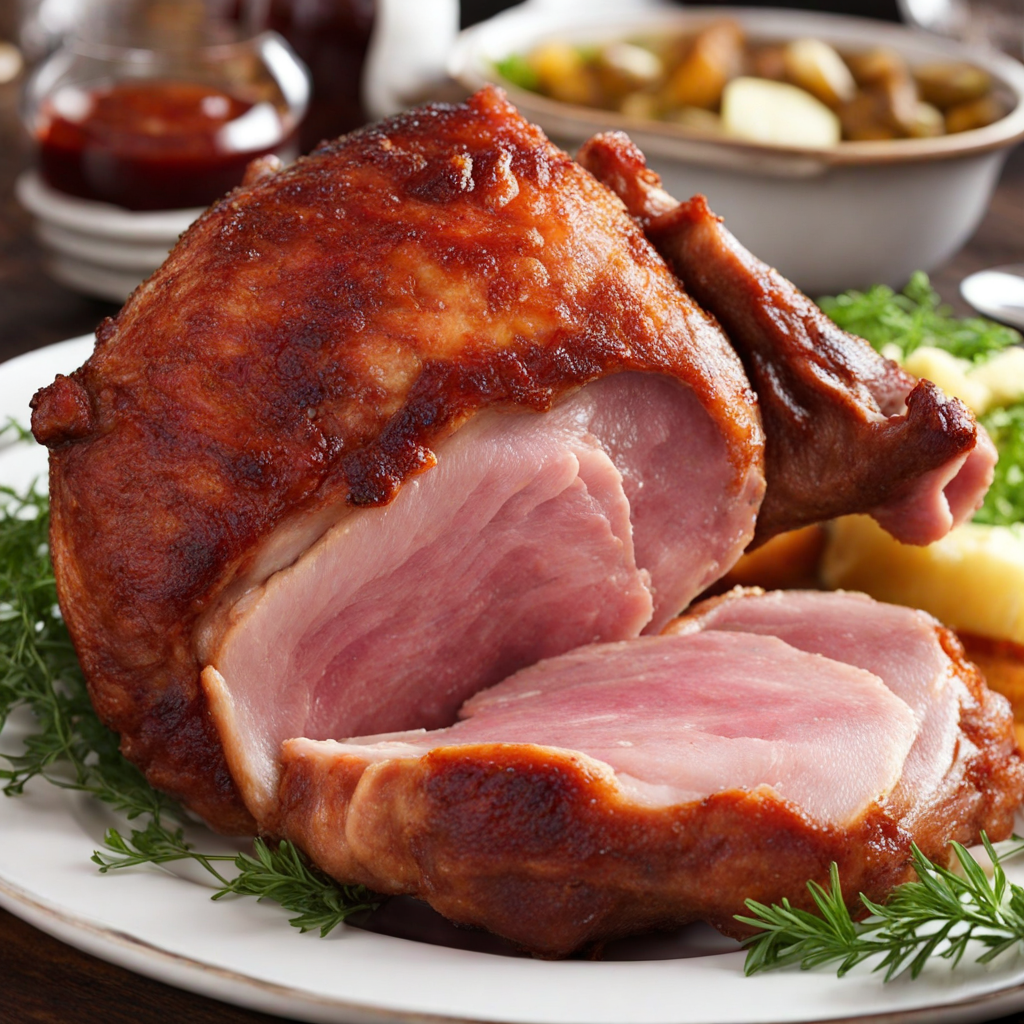Lebkuchen
Lebkuchen is a traditional German baked treat that embodies the essence of festive flavors and rich history. Often referred to as gingerbread, these spiced cookies come in various shapes and sizes, ranging from simple rounds to intricately decorated heart shapes. The dough is typically made from a blend of honey, almonds, and a mix of spices such as cinnamon, cloves, and nutmeg, creating a warm and inviting aroma that fills the air while they bake. The texture can vary from soft and chewy to crisp and crunchy, depending on the recipe and baking method used, making each bite a delightful experience. What sets Lebkuchen apart from other types of gingerbread is its unique combination of ingredients, including finely ground nuts, which add a nutty richness to the cookies. Many recipes also incorporate a touch of citrus zest, often from oranges or lemons, enhancing the overall flavor profile with a refreshing brightness. Some Lebkuchen is glazed with a sweet icing or covered in dark chocolate, adding a luxurious touch that complements the spiced notes. These treats are often enjoyed during the Christmas season, making them a cherished part of holiday traditions in Germany. While Lebkuchen is traditionally associated with festive celebrations, its deliciousness invites enjoyment year-round. Whether savored with a cup of hot tea or coffee, or gifted during special occasions, these cookies offer a taste of German culture that is both nostalgic and comforting. For anyone looking to explore new culinary experiences, trying Lebkuchen is a delightful journey into the heart of Germany's rich baking heritage.
How It Became This Dish
Lebkuchen: A Sweet Slice of German History Lebkuchen, often referred to as "German gingerbread," is a beloved traditional confection that has become synonymous with German holiday celebrations, particularly during Christmas. Its rich history, unique ingredients, and cultural significance weave a fascinating narrative that spans centuries, reflecting the evolution of culinary practices, regional variations, and the intertwining of commerce and tradition. Origins The roots of Lebkuchen can be traced back to ancient civilizations, with the earliest forms likely emerging from the spice-rich trade routes of the Middle Ages. The word "Lebkuchen" itself is believed to have derived from the Old High German "lebbe," meaning "life," and "kuchen," meaning "cake." This suggests a connection to the idea of nourishment and sustenance, inferring that these cakes were both a treat and a symbol of life and prosperity. The earliest known recipes for Lebkuchen date back to the 13th century in Germany. At that time, it was primarily made by monks in monasteries, who utilized honey, spices, and nuts to create a dense, flavorful bread. The use of honey instead of sugar reflects the historical scarcity of sugar in Europe, making honey a prized sweetener. The spices commonly used in Lebkuchen, such as ginger, cinnamon, and cloves, were introduced to Europe through trade with the East and were considered luxury items. The first documented mention of Lebkuchen was in the town of Nuremberg, which would later become famous for its unique style of gingerbread. By the 14th century, the production of Lebkuchen had transformed from a monastic endeavor to a commercial one, as bakers began to sell these delightful treats to the public. Nuremberg became a hub of Lebkuchen production, and the city’s bakers developed their own recipes, often incorporating local ingredients and craftsmanship, which further distinguished their product. Cultural Significance Lebkuchen is more than just a sweet treat; it embodies the spirit and traditions of German culture, particularly during the holiday season. In the Middle Ages, Lebkuchen was often given as gifts during festivals and celebrations, symbolizing goodwill and friendship. This tradition persists today, with Lebkuchen becoming a popular gift during Christmas, often beautifully decorated and presented in ornate boxes. In Nuremberg, where the Lebkuchen tradition flourished, the "Nuremberg Lebkuchen" (Nürnberger Lebkuchen) gained a protected designation of origin status, similar to that of French Champagne or Italian Parmigiano Reggiano. This status ensures that only gingerbread produced in Nuremberg according to traditional methods can carry the name. Nuremberg Lebkuchen is characterized by its high proportion of nuts, particularly ground almonds, and its use of a special blend of spices, which contributes to its distinctive flavor profile. The cultural significance of Lebkuchen extends beyond its flavor; it has become a symbol of German craftsmanship and culinary heritage. Various regions in Germany have their own interpretations of Lebkuchen, each with unique ingredients and preparation methods. For example, in the city of Aachen, “Aachener Printen” is a firmer variety of Lebkuchen that often contains a higher proportion of sugar and is flavored with a blend of spices and sometimes covered in chocolate. In contrast, the Swabian region offers “Honiglebkuchen,” which is sweeter due to its high honey content. Development Over Time The evolution of Lebkuchen reflects broader changes in society, including shifts in ingredient availability, culinary techniques, and consumer preferences. The Industrial Revolution in the 19th century brought significant advancements in baking technology, enabling bakers to produce Lebkuchen on a larger scale. The introduction of baking powders and other leavening agents contributed to the lighter texture of some varieties, moving away from the denser, bread-like cakes of earlier times. As the popularity of Lebkuchen spread beyond Germany, it became a staple in various holiday markets, particularly the renowned Christkindlmarkt, or Christmas markets, that pop up in towns and cities across the country. These markets showcase traditional crafts, festive decorations, and of course, delectable food, with Lebkuchen being a highlight. The aromatic scent of baked gingerbread wafting through the air has become a defining feature of the Christmas season in Germany. The commercialization of Lebkuchen has also led to the introduction of mass-produced varieties, which often lack the complexity and authenticity of traditional recipes. Nevertheless, artisanal bakers and specialty shops continue to thrive, focusing on quality and authenticity. Many of these establishments adhere to age-old recipes and techniques, ensuring that the essence of Lebkuchen is preserved. In contemporary times, Lebkuchen has found its way into modern culinary contexts, inspiring innovative recipes and interpretations. Chefs experiment with flavors, incorporating modern ingredients like chocolate, fruit, and even exotic spices to create new renditions of this classic treat. The traditional shapes of Lebkuchen—often molded into hearts, stars, and other festive forms—are frequently decorated with intricate icing designs, making them not only delicious but also visually appealing. Conclusion Lebkuchen is a testament to Germany's rich culinary heritage, encapsulating centuries of tradition, innovation, and cultural significance. From its humble origins in monastic kitchens to its status as a cherished holiday confection, Lebkuchen continues to play an essential role in German celebrations. Whether enjoyed as a festive treat or given as a heartfelt gift, this delightful gingerbread serves as a sweet reminder of the connections we share through food, culture, and community. As we indulge in a piece of Lebkuchen, we partake in a history that spans generations, connecting us to the past while celebrating the present. This beloved cake is not just a dessert; it is a delicious slice of history, steeped in tradition and crafted with love, making it an enduring symbol of German culture and a cherished holiday delight.
You may like
Discover local flavors from Germany







